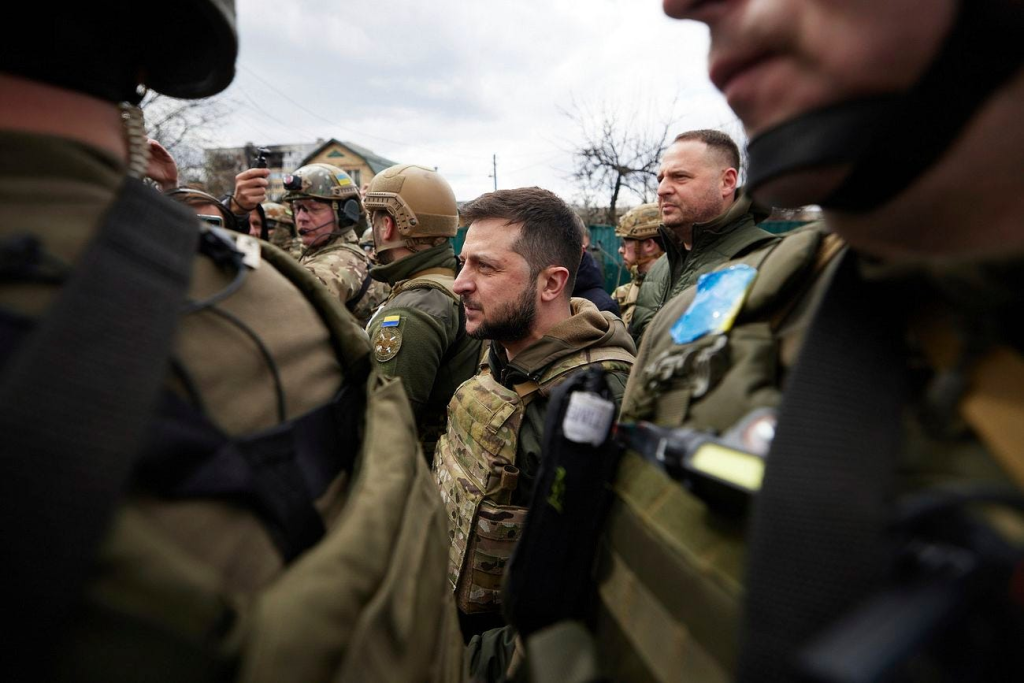
Can a $500 drone really bring down a $10 million aircraft? That is precisely what this recent Ukrainian campaign has shown how, in modern war, cost and scale can be turned on their head to devastating effect. In 2025, Ukrainian ingenuity and precision reached deep inside Russian territory, dismantling those very assets once considered immune from attack. It wasn’t an isolated incident but part of a sustained asymmetric strategy that has recast the military and economic balance of the conflict.
By marrying inexpensive unmanned systems with AI-aided targeting and stealth logistics, Ukraine’s Security Service and armed forces have been able to inflict more than $7 billion in damage on Russia’s strategic bombers, oil infrastructure, and air defenses in the past year. Those strikes have undercut Moscow’s ability to project power, exposed fissures in its vast territory, and are forcing a reevaluation of defensive doctrine. The following sections outline arguably the most important aspects of that campaign-from the audacious Operation Spider Web to mass production of drones that may redefine future battlefields.

1. The Unprecedented Outreach of Operation Spider Web
Operation Spider Web began on June 1, 2025, when Ukraine, in a coordinated strike, launched 117 smuggled-in drones flown from hidden trucks against five Russian airbases across five time zones. In all, the SBU attacked facilities at the Olenya, Diaghilevo, Belaya, Ivanovo, and Amur bases, of which the Belaya base in the Irkutsk Oblast is more than 4,300 kilometres from Kyiv, marking the first Ukrainian strike in Siberia. More than 40 aircraft were destroyed or damaged, including bombers Tu-95, Tu-160, Tu-22M3, and A-50 AWACS planes, thus crippling about one-third of the country’s long-range strike capability.
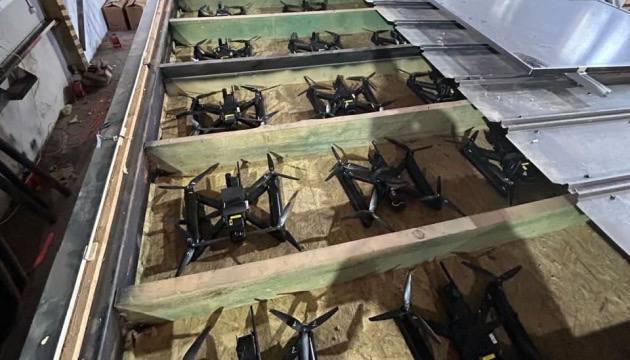
2. Covert Logistics and Instrumentalization of Civilian Objects
Success for Spider Web depended on deception: drones and launch systems were hidden in a modular cabin on civilian cargo trucks, driven by unsuspecting Russian drivers to filling stations and laybys near airbases. The potential for remote activation precluded the need for launches to be conducted proximate to targets, thereby having to penetrate multi-layered defences. Trucks self-destructed post-use to maintain secrecy. Though this would be a legitimate target legally under the definition of military objectives in the law of armed conflict, it is a good example of how the use of civilian objects can enable operational surprise.

3. AI-Assisted Targeting for Precision Strikes
The drones armed with spider webs married Ardupilot-based autopilot systems with control over LTE networks, hence allowing stable long-range FPV operations. Machine vision models, trained from detailed aircraft profiles in Ukrainian museums, supported operators in identifying the weak points in the structure of the aircraft, including underwing pylons and fuel seams. This hybrid of human control and AI guidance thus allowed very precise final-stage maneuvers: high-value aircraft were hit at their most vulnerable points despite electronic warfare interference.
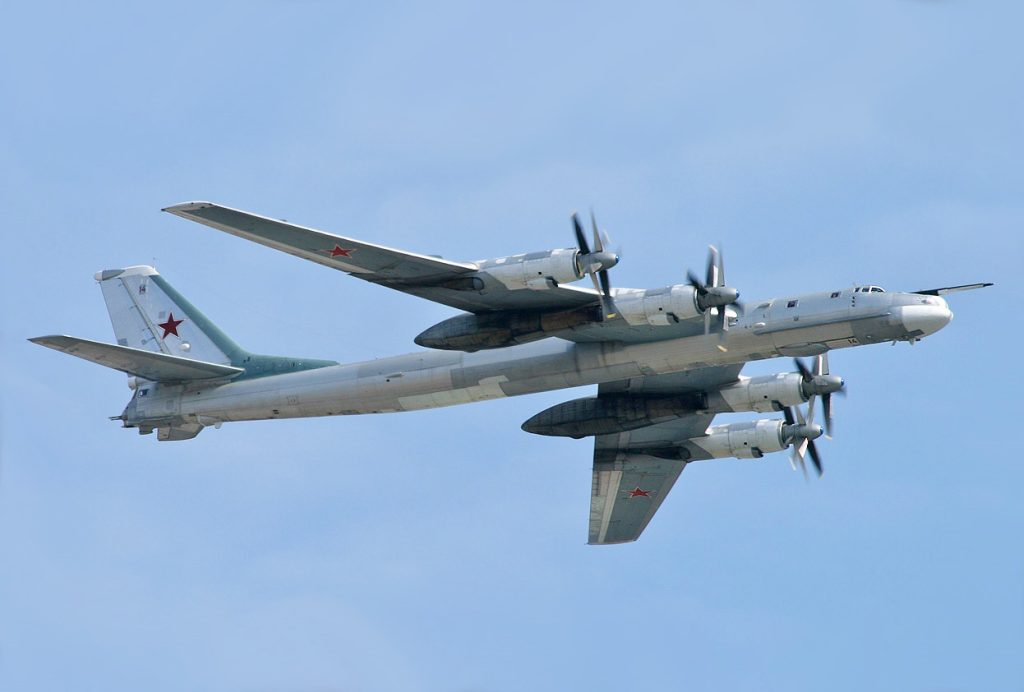
4. Strategic Bombers Reduced to Scrap
The strategic consequences of the losses of Tu-95s, Tu-160s, and Tu-22M3s were thus disproportionately great. These cruise missile carriers attack Ukrainian cities and form part of Russia’s nuclear-capable fleet-no longer in production since the collapse of the Soviet Union-an estimated 20 bombers were hit, of which 10 were believed to have been destroyed outright according to Western estimates. Even limited losses of a few A-50 AWACS aircraft, each worth about 350 million dollars, severely degraded the airborne command-and-control capacity of Russia.

5. Oil Infrastructure Under Sustained Attack
Part of Ukraine’s drone campaign against Russia includes attacks on its energy sector, with about 160 successful strikes in 2025 alone against refineries, terminals, depots, and pumping stations such facilities, like Saratov, are struck as many as seven times. Analysts add that even with Russia tapping into spare refining capacity to offset some of the damage, repeated strikes force prolonged shutdowns that help keep fuel shortages affecting 57 regions. SBU Chief Vasyl Maliuk said that oil revenues underpin as much as 90 percent of Russia’s defense budget, hence making these facilities legitimate military targets.
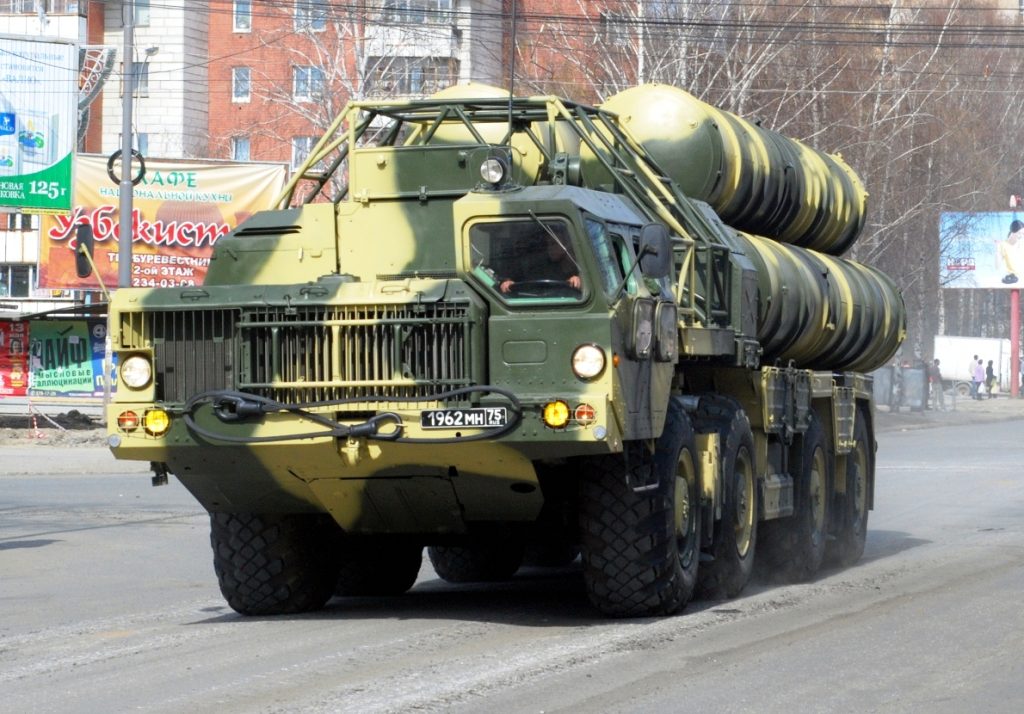
6. Crippling Russia’s Air Defense Networks
Ukraine says it has destroyed 48% of the Russian Pantsir systems costing $20 million each since early 2025, along with S-300 and S-400 batteries and an array of key radars including the Nebo-M and 91L6E. Specialists like Sascha Bruchmann of IISS say, “The problem is that outside of Moscow and the front lines, big gaps have emerged due to redeployments and attrition, and strikes against deep targets such as the Yelabuga Shahed plant 621 miles from Ukraine have shown very spotty long-range radar coverage.”

7. Firepoint FP-1 – Affordable Long-Range Strike
Domestically produced FP-1 drones, at $55,000, carry 120-kg warheads out to 1,500 km. The laser-cut plywood structure makes it fast and cheap to produce, opposite the heavier, more expensive Shahed-136. Matching Russia’s production rate of about 100 a day, FP-1 strikes account for 60% of Ukraine’s deep attacks, proof that simple design can make strategic impact at only a fraction of the cost.
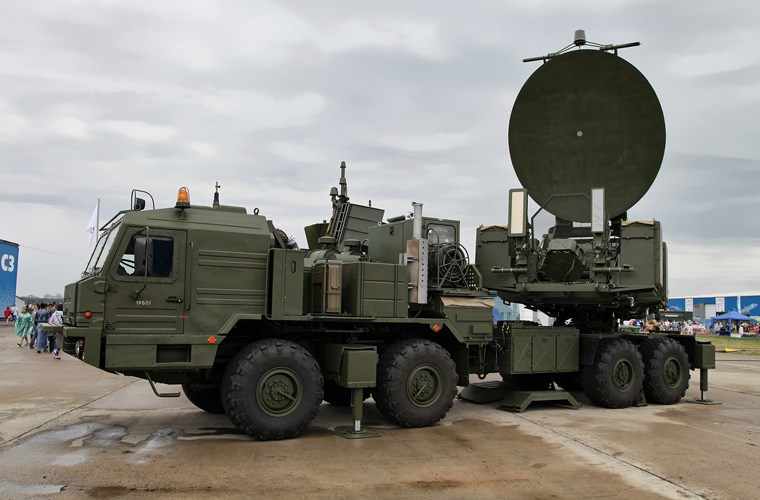
8. Frontline Drone Labs Driving Rapid Innovation
Decentralized workshop-laboratories close to the fighting line enable Ukrainian units to repair, adapt, and test drones in several days. Thus, proximity cuts innovation cycles and allows immediate response to changes in electronic warfare conditions. The needs right from the front line shape production. NATO observers hailed these labs as an exemplary model of agile military R&D.
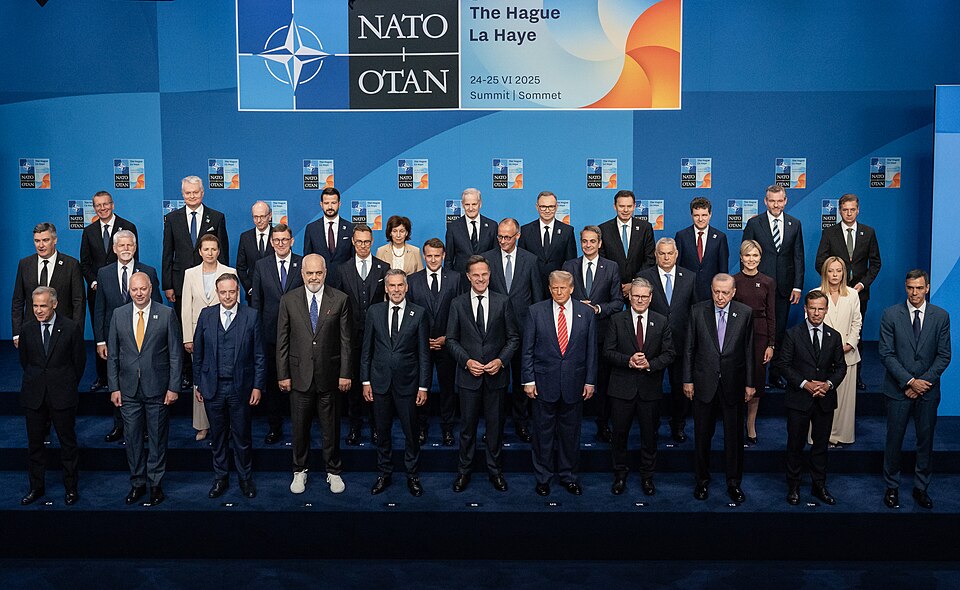
9. NATO Recognition and Partnerships
NATO Secretary General Mark Rutte hailed Ukraine as “a powerhouse in military innovation.” Denmark, Poland, Britain, and Romania are all launching joint training and production programs with Ukraine. Britain has ordered mass production of the interceptor drones it co-designed with Ukrainian engineers, while Romania wants to make its own drones for its own use and that of allies based on Ukraine’s battle-tested designs.
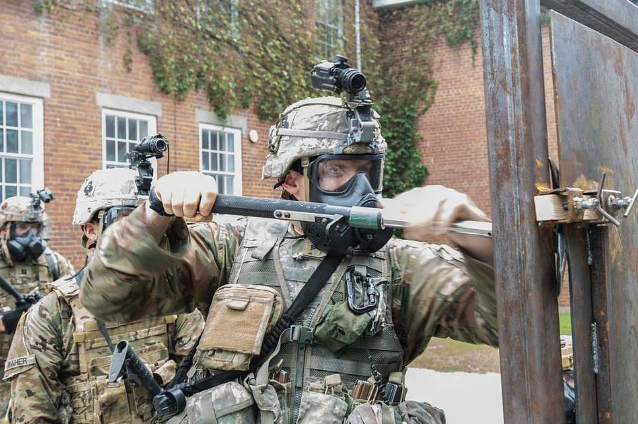
10. Asymmetric Warfare Economics:
The Ukraine campaign is the perfect model for asymmetric cost in relation to modern drone warfare, where a $500 FPV quadcopter has destroyed assets worth millions, forcing Russia to spend extremely costly interceptors against targets that are very cheap. This erodes the defender’s resources while sustaining offensive pressure. As the former Commander-in-Chief himself, Valerii Zaluzhnyi, put it, constant innovation compensates for material disadvantages by creating disproportionate costs for the adversary.
The war of the Ukrainian drone today redefines the limits to asymmetric conflict-proof that technological agility, coupled with deception and precision, can cut down a numerically superior force in concert. Kyiv has managed to turn a corner in military balance, maybe setting a precedent for the times to come, having knocked out $7 billion in Russian assets ranging from strategic bombers to oil refineries. That is a lesson countries are now studying, and lessons from 2025 may well go on to shape doctrines in which low-cost, high-impact systems will rule battlefields-and where vast territories offer no sanctuary.


